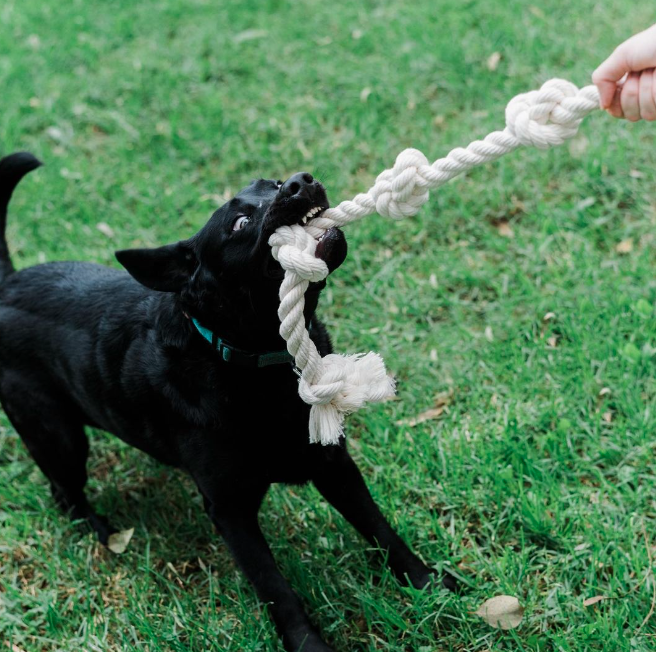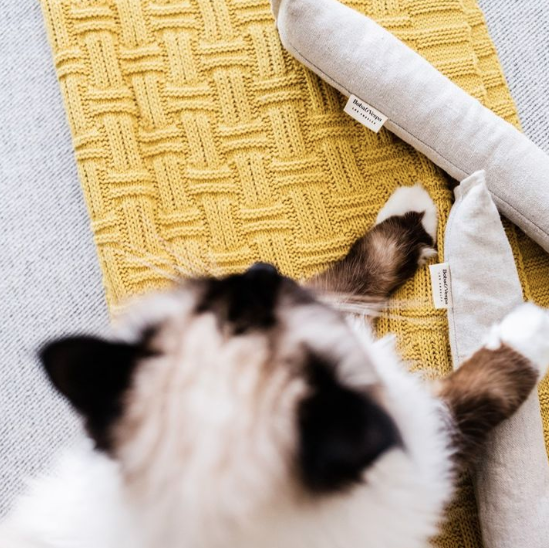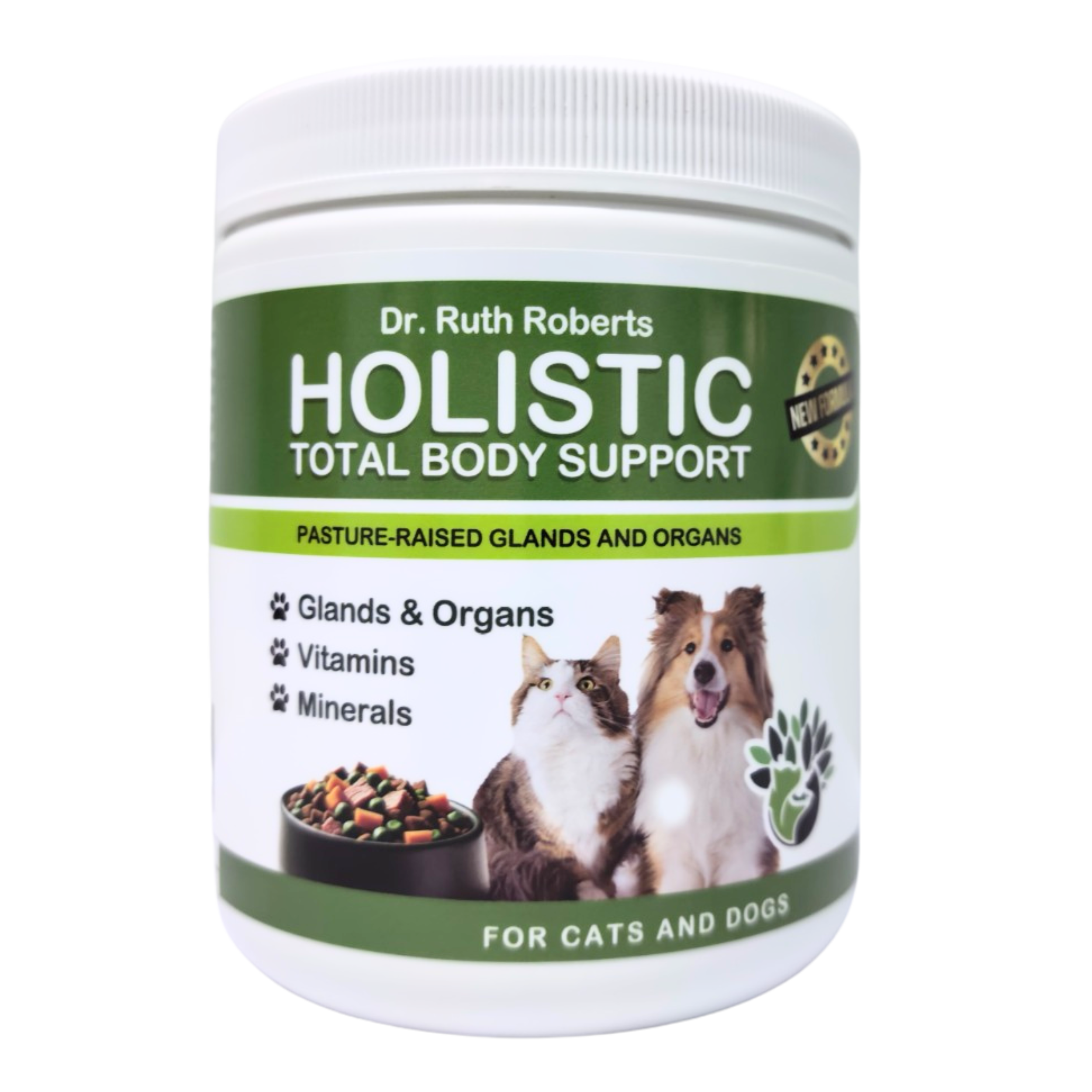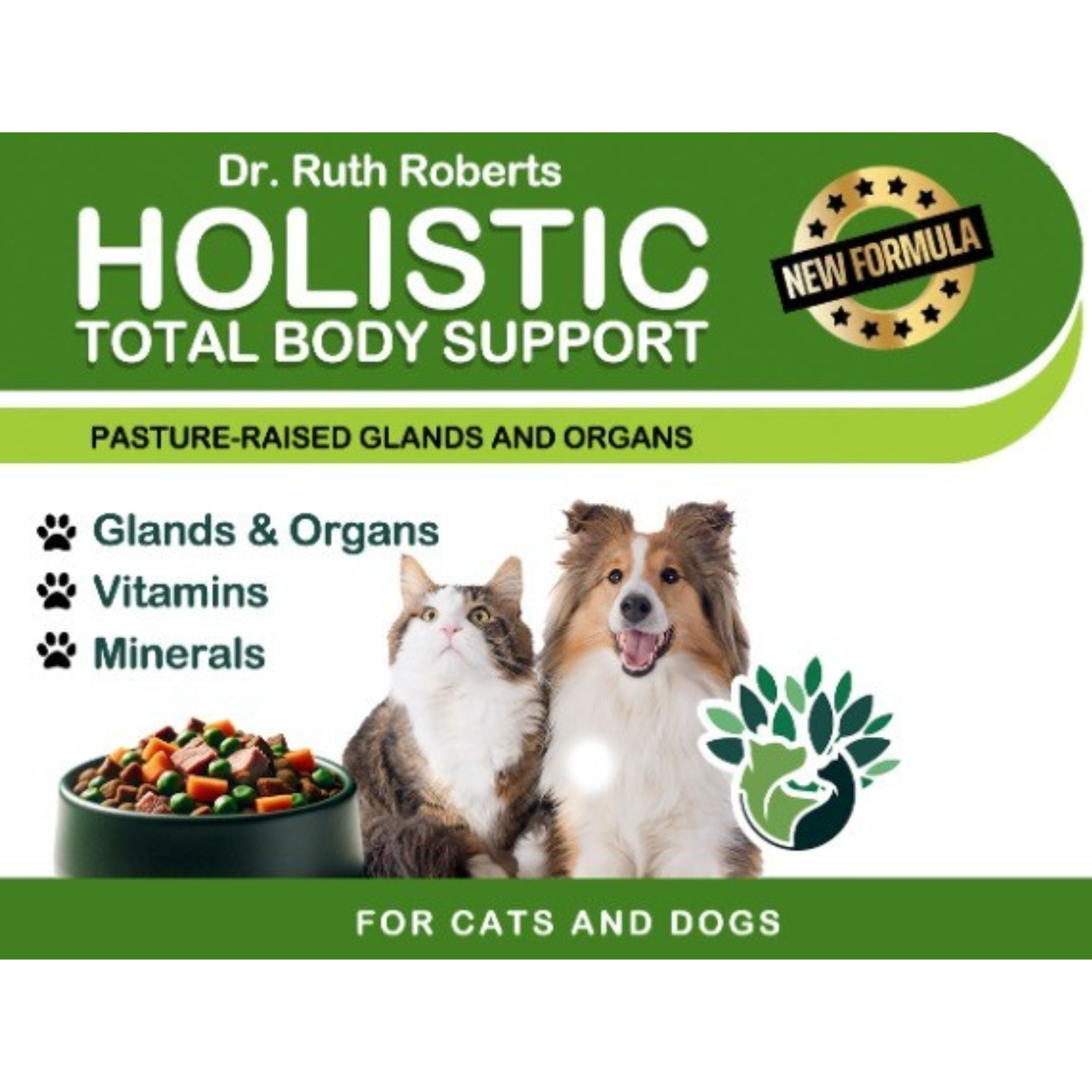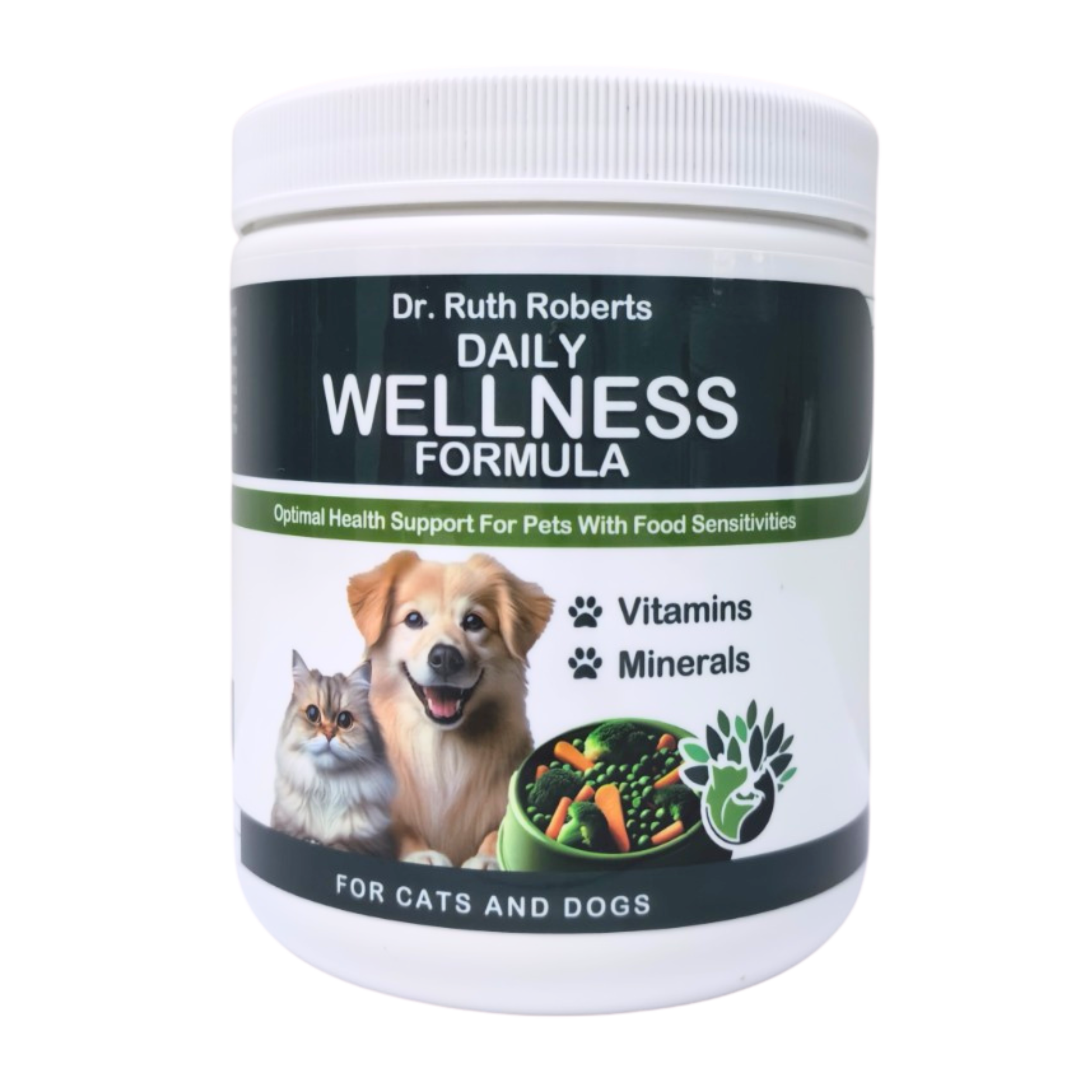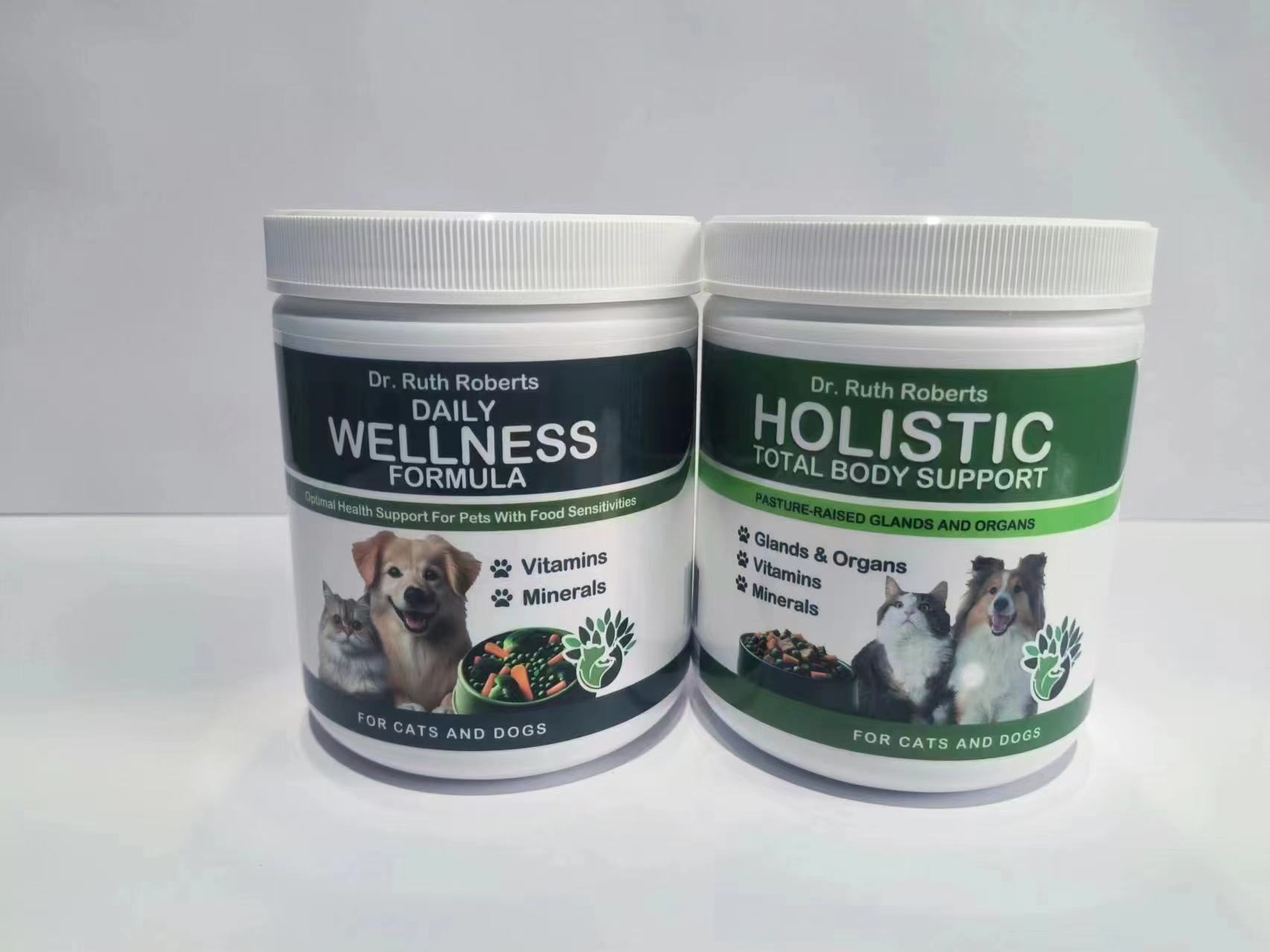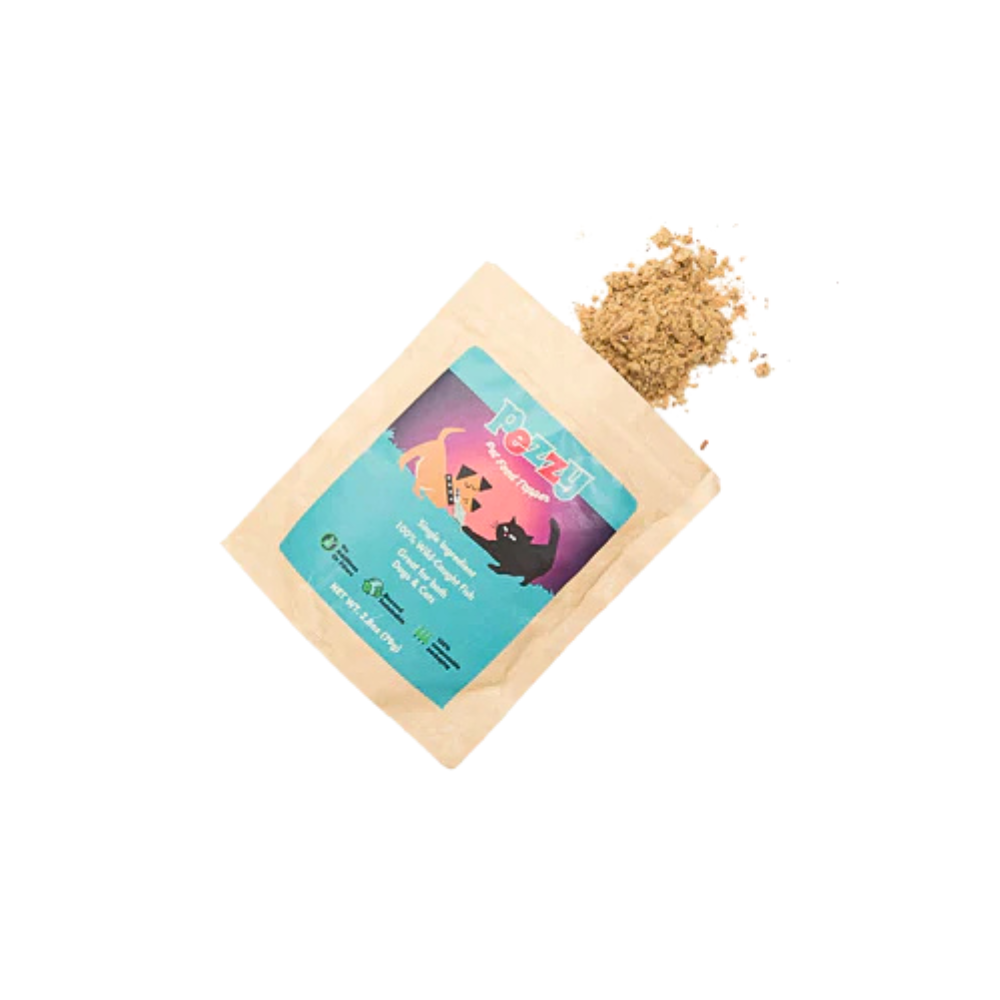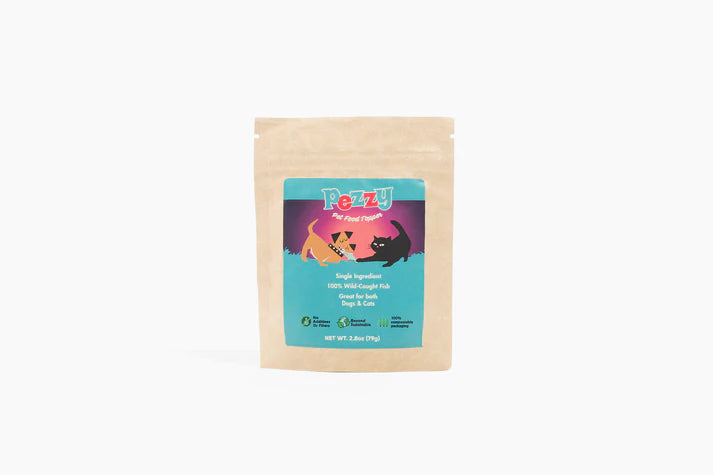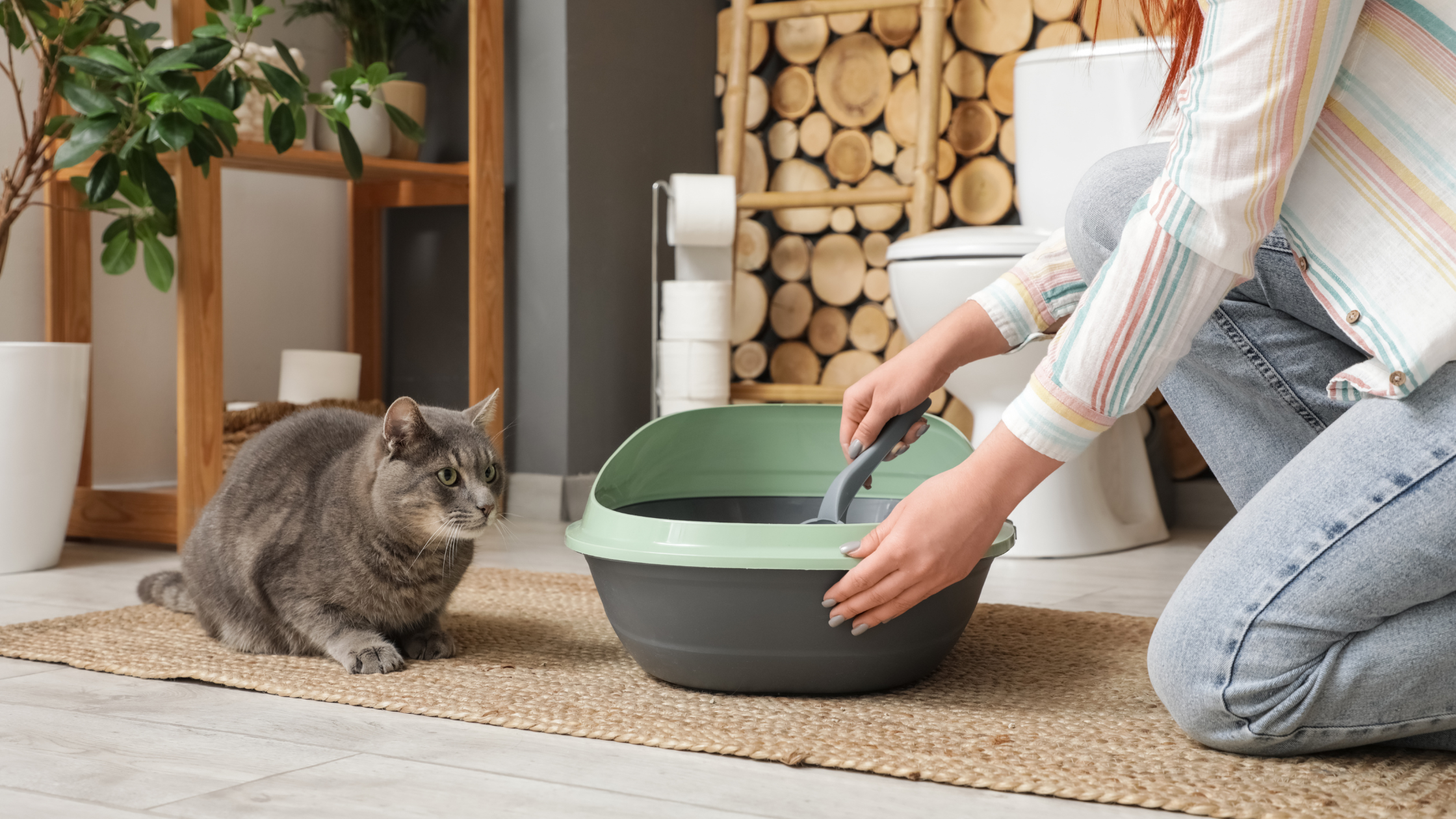Updated November 25, 2025
Are you looking to improve your dog's diet? A great way to do this is by feeding your dog healthy homemade dog food. Homemade food is appealing for many pet owners because you have more control over what your dog eats. Unfortunately, commercial is often overly processed, and it can be challenging to determine what is actually good for your dog's health. A homemade dog food recipe ensures your dog gets all the vitamins, minerals, and essential nutrients it needs.
That said, the decision to make your dog food should only be made after careful consideration. It's essential to be aware of which home-cooked meals are safe for your dog and how you will ensure your homemade dog food is nutritionally balanced to meet your dog's nutritional needs. In fact, a 2025 study found that only only 6% of homemade diets had the potential to be nutritionally complete according to the Association of American Feed Control Officials adult dog maintenance standards.
So, while your canine companion may love home-cooked food, it's importat to remember that cooking for your dog is not as simple as cooking with human food for human family members. Before starting, we recommend getting professional veterinary advice to discuss your dog's nutritional needs and learn what is important to include in a natural dog diet. It’s important to make sure your dog is receiving the proper balance of essential nutrients, amino acids, vitamins, minerals, etc that are vital for our canine companions to thrive.
We're here to help you make your own dog food that's nutritionally complete. Read on to learn more about cooking for your dog, and how you can safely treat your dog to DIY dog food it will love!
The content and resources provided here are for informational purposes only. Please consult with your Veterinarian or other qualified professional regarding any concerns related to your pet’s health and behavior.
Improving Your Dog's Health With a Homemade Diet
The big question on everyone's mind is whether making homemade dog food is actually good for your dog's health. While there is no hard scientific evidence from the pet food industry to suggest that homemade dog food is healthy for your furry best friend, certain benefits make cooking for your dog an appealing choice for many dog owners. In addition, many pet parents are also trying to eat healthier themselves and want the same for their dogs. Generally, a homemade diet is preferred because it contains whole food ingredients that are better for your dog's health than processed pet food kibble.
Here are some of the top benefits of homemade dog food compared to canned food or dry dog food:
Custom-made to accommodate your dog's diet and health concerns
One of the key benefits of homemade dog food recipes is that you can ensure your dog gets the appropriate nutrients needed for its age, body weight, and any medical condition. One way to do this is to consult your veterinary nutritionist about your dog's health needs and by supplementing with a nutrient mix for homemade dog food. In addition, home cooking allows you to add any combination of fresh food ingredients to ensure your dog's diet is nutritionally balanced.
Choose your proteins
We always recommend staying away from beef as it's the biggest food contributor to our current climate crisis. But there are lots of great alteratives to animal proteins and plant based alternatives to choose from. You can also steer clear of proteins that trigger your dog's allergies as well. The choice is yours. Buy local when you can!
Minimally processed food
When you decide to cook for your dog, you're in charge of how you want to cook the meal. Your cooking methods will be better for your dog than store-bought food that is transformed into dry dog kibble or canned dog food. From baking to broiling to steaming, preparing meals is totally up to you. You can opt for 100% whole food based cooking or take prepared shortcuts as needed. Again, it's your choice what your pup gets.
You can use high-quality ingredients
With homemade dog food recipes, you can choose whole foods you would eat yourself. You also have control over where the food is sourced. This means you don't have to worry about food recalls. You can also incorporate a range of ingredients into your dog's food so that your dog's food is nutritionally balanced.
Learn more about what NOT to include in your dog's diet here.
How to Ensure Your Dogs Get a Balanced Diet
Providing your dog with a homemade diet isn't for every pet owner or dog. The cooking process involves measuring ingredients and preparing the food correctly. This takes time and effort. Therefore, if you decide to give your dog homemade dog food, it's vital to ensure you have time to prepare it properly. Otherwise, you can research where to buy homemade dog food locally, which will be much more expensive, but it is one option. Otherwise, you can take the time to cook for your pet. To minimize the time commitment, we recommend preparing the home-cooked meal in advance and dividing it into meal portions. In addition, dog food recipes are freezer-friendly, so large batches can easily be stored in the freezer for future use.
You will also need to follow the dog food recipe, including the suggested cooking methods. Adding or subtracting ingredients like chicken for ground beef can lead to an unbalanced diet that does not meet your dog's nutritional needs.
Speaking of nutrition, it can be very difficult and close to impossible to create a balanced diet for your pet via home cooking. Kibble may be highly processed, but it is carefully formulated to contain exactly the right nutrients for dogs to thrive. Therefore, when you make or create your own dog food, most veterinarians recommend adding a multivitamin for homemade dog food to balance out the nutrients. Many recipes will start with a standard base mix for homemade dog food and then allow you to add vitamins and supplements as needed afterward.
You must also ensure you can afford the ingredients needed to make your dog's food. While homemade food is generally less expensive than raw dog food that's commercially prepared, it usually costs more than kibble.
When switching from processed to homemade food, it's essential to make the changes slowly to give your dog's stomach time to adjust to the new food. Otherwise, the fresh food ingredients can cause some dogs gastrointestinal upset.
Finally, homemade meals may be more complicated or time-consuming if you have a picky dog or if it has food sensitivities or food allergies. To keep your dog interested in its home-cooked meal, you may need to source a variety of dog recipes and switch up the homemade diet regularly to keep your dog interested. Additionally rotating through recipes may help prevent food sensitivities from developing over time and promotes a more diverse microbiome.
Vegetables For Homemade Dog Food
Looking for vegetable ideas to give your dog a well-balanced diet? Here are some ideas:
- Sweet potato
- Carrot
- Butternut squash
- Spinach
Things to Avoid When Making Dog Food at Home
Certain ingredients are unsafe for your dog's health- another reason why following the dog food recipe is crucial. These include:
- Chocolate
- Grapes
- Raisins
- Macadamia nuts
- Raw beans
- Onions
- Garlic
- Leek
- Green Tomato
- Potato
- Bell peppers
- Xylitol
Homemade Dog Food Recipes
Your dog has nutritional needs that must be met to be considered healthy. This means you can't simply give your dog common human foods, as this can lead to an incomplete or imbalanced diet. Instead, a veterinary nutritionist can help you determine how many calories your dog needs to thrive based on your dog's body and other factors. For example, their daily caloric intake will depend on their life stage and activity level.
A portion of healthy fresh dog food is a mixture of protein, vegetables, grains, and healthy fats. Vitamins and minerals must be added to the homemade diet to ensure it is complete and balanced. A basic recipe may look like this:
- At least 10% protein, such as ground meat like ground chicken, ground turkey, fish, lean beef
- Up to 50% carbohydrates, such as brown rice and sweet potatoes
- About 2.5-4.5% fiber can come from mixed vegetables like peas, green beans, and carrots (frozen vegetables work too!)
- At least 5.5% fat, usually in the form of vegetable oil, fish oil, cod liver oil, or coconut oil
- Nutritional supplements
When making the switch to homemade diets, be sure to closely monitor any changes in your dog. It's a good idea to stay in touch with your veterinary nutritionist about any positive or negative changes in your dog's weight or body condition. We recommend weighing your dog at least once weekly, watching closely for unintended weight gain or loss. Signs of illness, such as vomiting or diarrhea, may occur if your dog is sensitive to one of the ingredients. In this case, please speak with your veterinary nutritionist about what to do.
Additionally, suppose your dog is a puppy, a senior, or has a medical condition that requires a particular food regime. In that case, you should consult your veterinary nutritionist to discuss potential dog food recipes that are vet approved.
How to Prepare Foods for Your Dog
Ready to start cooking some homemade diets? Here is how you can get started feeding your dog the healthy way:
- Make sure you have a food scale, food processor, pots, pans, and storage containers or bags for portioning the food.
- Purchase fresh, high-quality ingredients. Avoid ingredients that are seasoned, heavily processed, or canned.
- Prepare your cooking area by keeping it clear of foods that may be harmful to your dog.
- Use a food scale to measure out the ingredients.
- Cook the ingredients as directed and mix in any supplements.
- Divide up the homemade dog food in proportions for single servings. Place a serving in a bowl like this ceramic dog bowl for immediate consumption or a container to store in the freezer or fridge for meals down the road. You should avoid feeding homemade dog food that has been in the freezer for more than six months. When you first start cooking for your dog, we recommend making smaller quantities to see how your dog adjusts to the new foods.
Nutritional Supplements for Dogs
As we talked about earlier, a nutritional supplement for dogs is critical when home cooking.
This holistic veterinarian-made dog food supplement is perfect for balancing out a homemade meal for your dog and ensuring it gets all the nutrients it needs. If you're dog has allergies, then try this formula for pork and beef allergies.
You are in complete control over the ingredients in the recipes you choose. Choose from organic, homegrown, and local ingredients. Why not head to the market and pick up what's in season or on sale? Your dog will be licking the plate!
Do you now feel prepared to replace your dog's kibble with something likely much healthier and better for the earth?
Some more food for thought......
Are your dog's toys non-toxic and eco-friendly like their food? Check out our line of sustainable dog toys to make sure everything going into your pup's mouth is as natural as possible.

